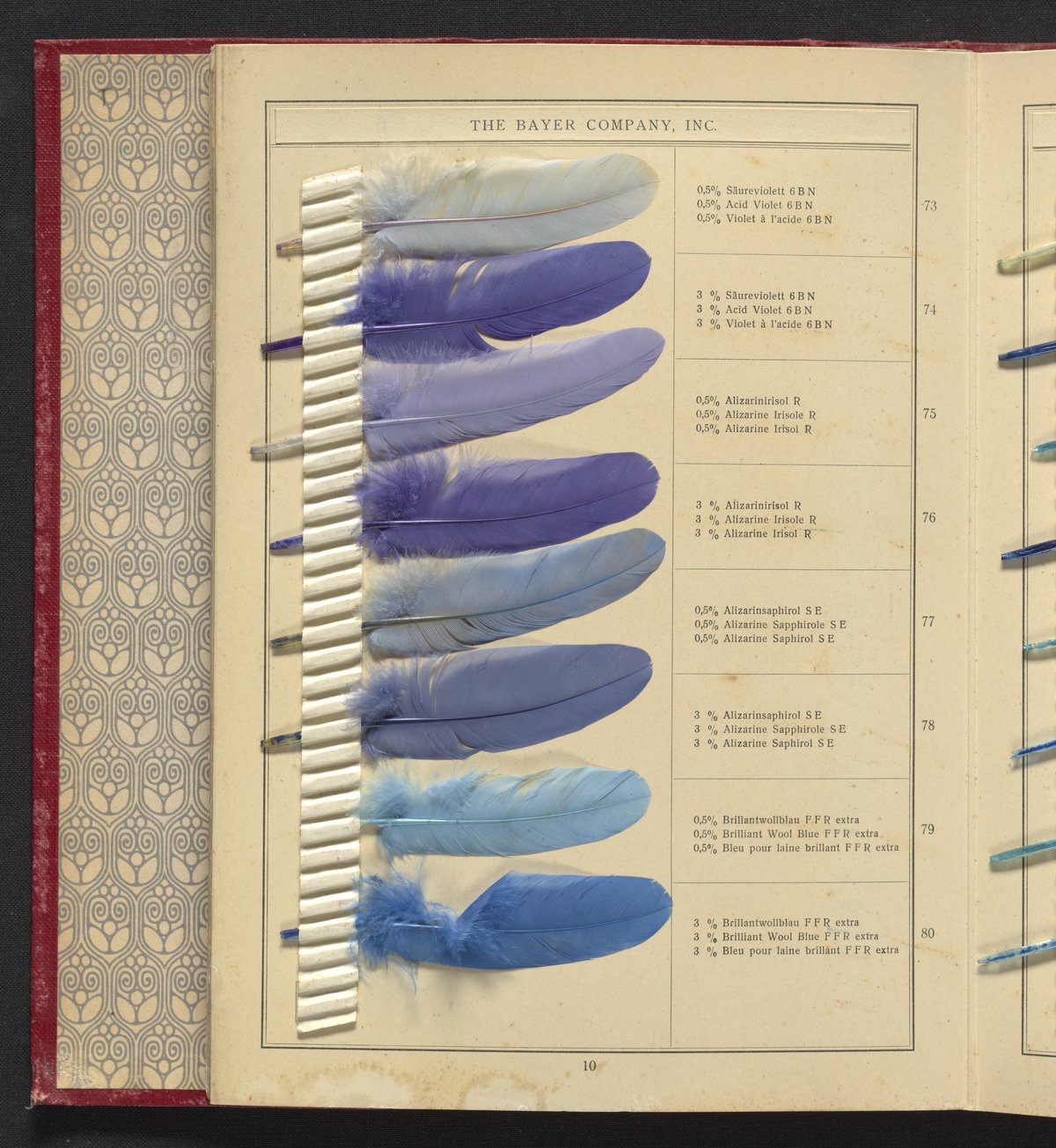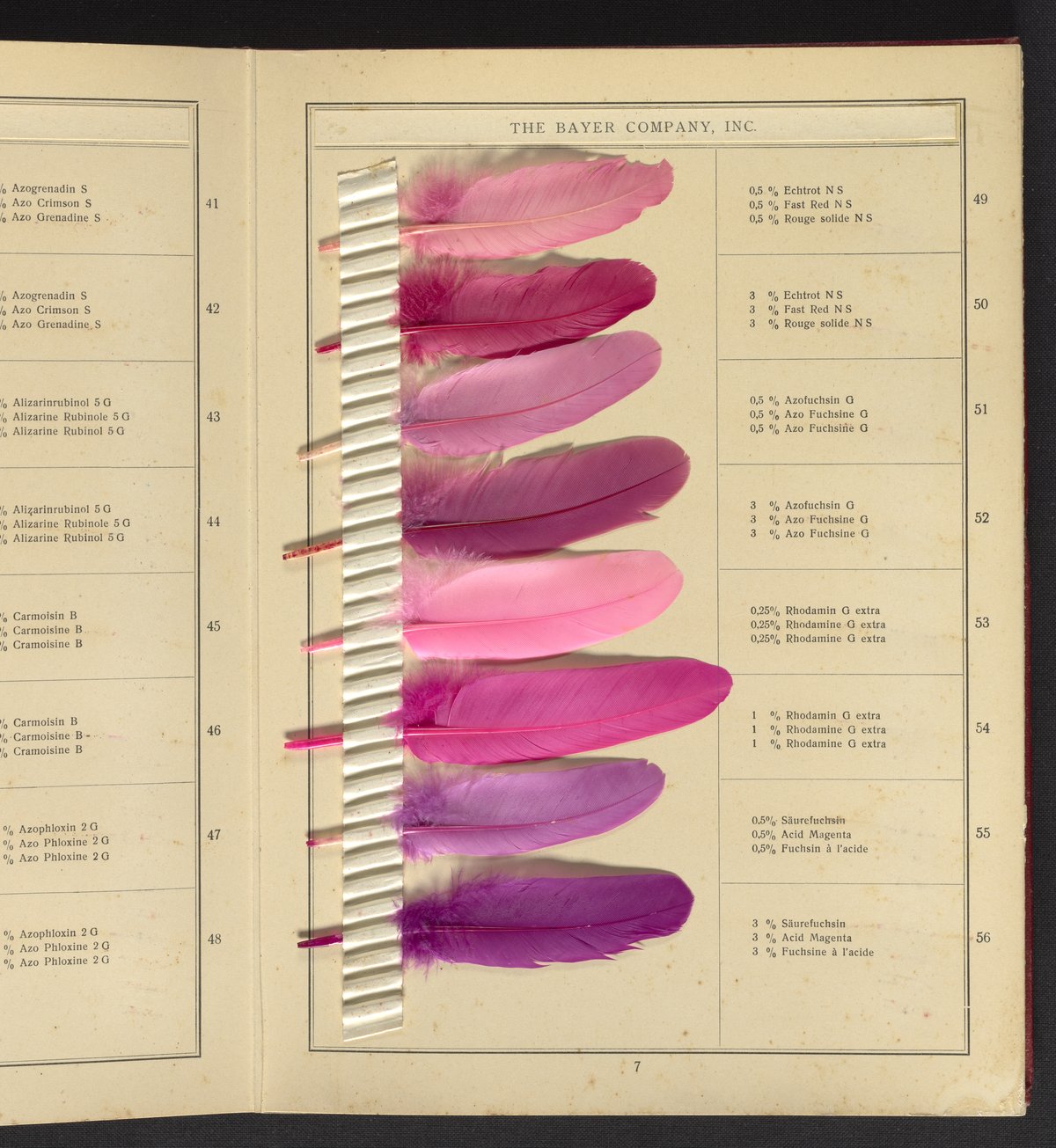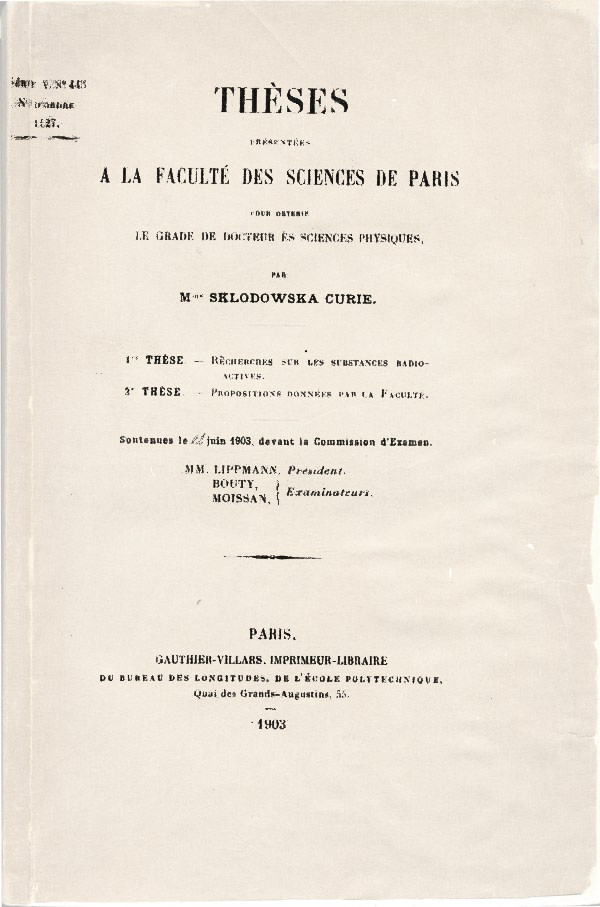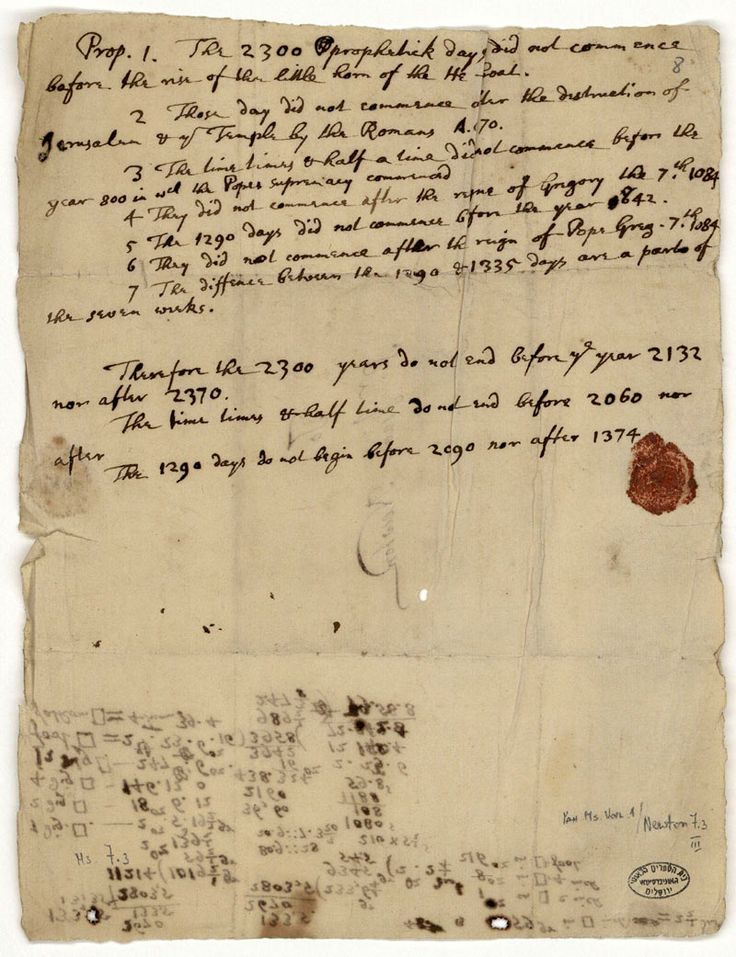Never was there such an exhilarating time and place to be interested in atheism than the internet of ten or fifteen years ago. “People compiled endless lists of arguments and counterarguments for or against atheism,” remembers blogger Scott Alexander. One atheist newsgroup “created a Dewey-Decimal-system-esque index of almost a thousand creationist arguments” and “painstakingly debunked all of them.” In turn, their creationist arch-enemies “went through and debunked all of their debunkings.” Readers could enjoy a host of atheism-themed web comics and “the now-infamous r/atheism subreddit, which at the time was one of Reddit’s highest-ranked, beating topics like ‘news,’ ‘humor,’ and — somehow — ‘sex.’ At the time, this seemed perfectly normal.”
This was the culture in which Richard Dawkins published The God Delusion, in 2006, and Christopher Hitchens published his God Is Not Great: How Religion Poisons Everything in 2007. “I’m not just doing what publishers like and coming up with a provocative subtitle,” Alexander quotes Hitchens as saying. “I mean to say it infects us in our most basic integrity. It says we can’t be moral without ‘Big Brother,’ without a totalitarian permission, means we can’t be good to one another without this, we must be afraid, we must also be forced to love someone whom we fear — the essence of sadomasochism, the essence of abjection, the essence of the master-slave relationship and that knows that death is coming and can’t wait to bring it on.”
Dawkins and Hitchens became known as two of the “Four Horsemen of the Non-Apocalypse,” a group of public intellectuals that also included Sam Harris and Daniel Dennett. The label stuck after all of them sat down for a two-hour conversation on video in the fall 2007, during which each man laid out his critique of the religious worldview. Four years later, Dawkins and Hitchens sat down for another recorded conversation, this time one-on-one and with a much different tone. Having suffered from cancer for more than a year, Hitchens seemed not to be long for this world, and indeed, he would be dead in just two months. But his condition hardly stopped him from speaking with his usual incisiveness on topics of great interest, and especially his and Dawkins’ shared bête noire of fundamentalist religion.
Dawkins, a biologist, sees in the power granted to religion a threat to hard-won scientific knowledge about the nature of reality; Hitchens, a writer and thinker in the tradition of George Orwell, saw it as one of the many forms of totalitarianism that has ever threatened the intellectual and bodily freedom of humankind. In this, Hitchens’ final interview (which was printed in Hitchens’ Last Interview book and whose uncut audio recording came available only this year), Dawkins expresses some concern that he’s become a “bore” with his usual anti-religious defense of science. Nonsense, Hitchens says: an honest scientist risks being called a bore just as an honest journalist risks being called strident, but nevertheless, “you’ve got to bang on.”
Related content:
Does God Exist? Christopher Hitchens Debates Christian Philosopher William Lane Craig (2009)
Is There an Afterlife? Christopher Hitchens Speculates in an Animated Video
Christopher Hitchens: No Deathbed Conversion for Me, Thanks, But it was Good of You to Ask
Richard Dawkins on Why We Should Believe in Science: “It Works … Bitches”
Based in Seoul, Colin Marshall writes and broadcasts on cities, language, and culture. His projects include the Substack newsletter Books on Cities, the book The Stateless City: a Walk through 21st-Century Los Angeles and the video series The City in Cinema. Follow him on Twitter at @colinmarshall, on Facebook, or on Instagram.







